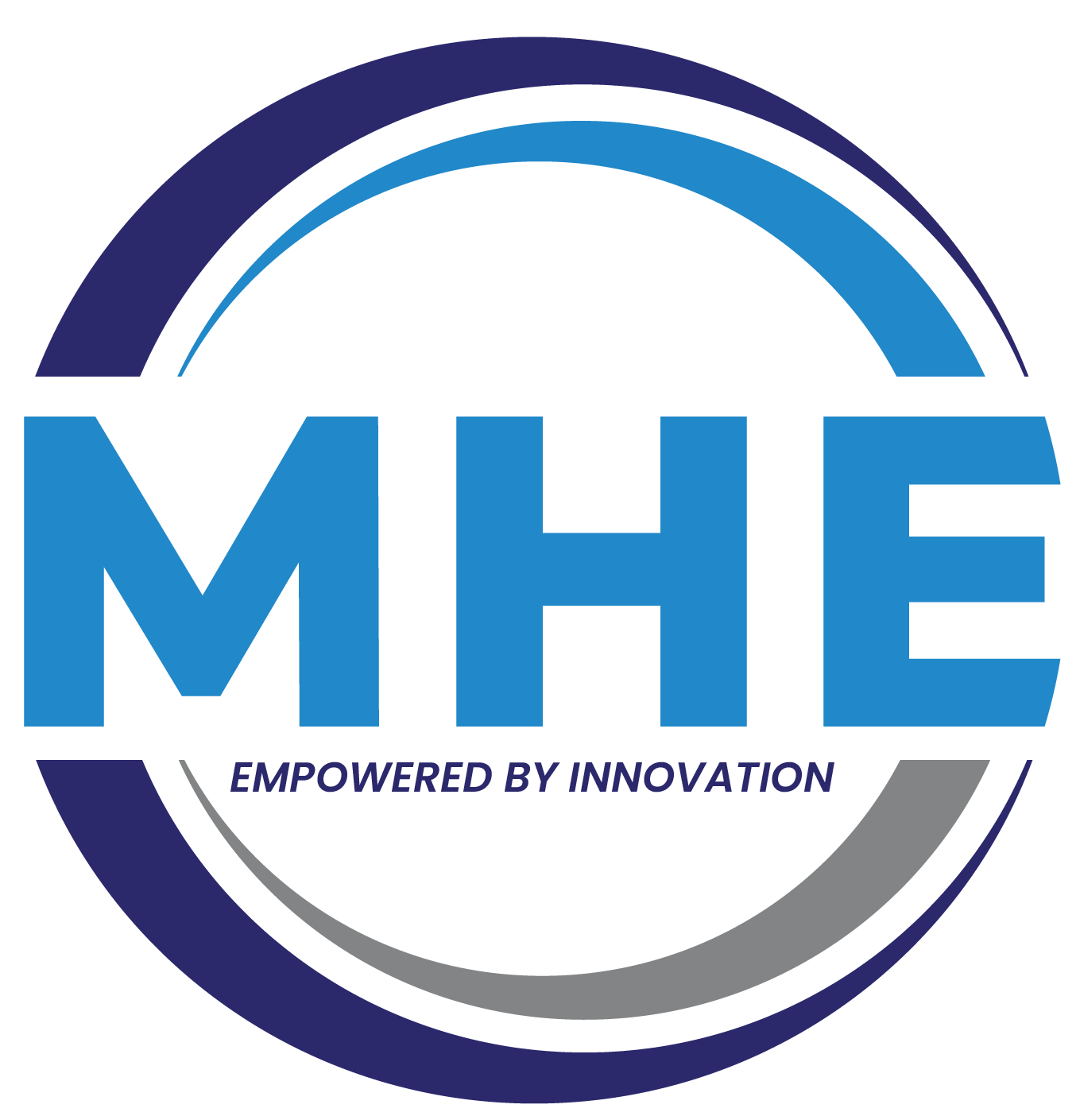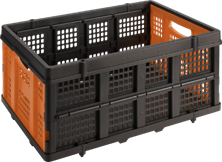Prioritizing safety is not just a regulatory requirement; it is a commitment to the well-being of workers and the organization’s overall success.
Material handling equipment is key in modern industrial and warehouse operations. They enhance productivity, streamline workflows, and ensure efficient movement of goods.
However, this equipment comes with significant safety risks. Proper training, maintenance, and adherence to safety protocols are essential to prevent accidents, injuries, and fatalities.
This blog explores the importance of safety when using material handling equipment, provides guidelines for safe operation, offers maintenance tips, and highlights the latest safety features available in modern equipment.
The Importance of Safety in Material Handling Operations
Preventing Accidents and Injuries
According to the Directorate of Occupational Safety & Health Services (DOSHS), forklift accidents account for approximately 73 fatalities and over 1000 serious injuries annually. Implementing strict safety protocols can significantly reduce these numbers.
Protecting Employees
Employees are the backbone of any organization. Ensuring their safety boosts morale and enhances productivity. Workers who feel safe are likelier to be engaged and focused on their tasks.
Compliance with Regulations
Regulatory bodies such as the Directorate of Occupational Safety & Health Services (DOSHS) have established stringent operating guidelines for material handling equipment. Non-compliance can result in hefty fines, legal consequences, and reputational damage.
Minimizing Downtime
Accidents can damage equipment and cause operational downtime. By prioritizing safety, companies can avoid disruptions and maintain smooth operations.
Reducing Costs
Workplace accidents can result in significant financial costs, including medical expenses, workers’ compensation, and potential lawsuits. Investing in safety measures is a cost-effective way to mitigate these expenses.
Guidelines for Safe Operation of Material Handling Equipment
Forklifts

- Operator Training: Only trained and certified operators should be allowed to operate forklifts. Training should cover equipment operation, safety procedures, load handling, and emergency protocols.
- Pre-Operational Inspections: Operators should conduct pre-operational inspections before using a forklift. They should check for visible damage, fluid leaks, tire condition, and proper lights, horns, and brakes functioning.
- Load Handling: Always ensure that loads are stable and secure before lifting. Do not exceed the forklift’s rated load capacity. Use appropriate attachments for irregularly shaped loads.
- Safe Driving Practices: Drive at safe speeds and avoid sudden stops or turns. Always keep the load low while moving to maintain stability. Use caution when driving on inclines or uneven surfaces.
- Awareness of Surroundings: Operators should always be aware of their surroundings. Look out for pedestrians, other vehicles, and obstacles. Use mirrors and alarms to enhance visibility.
- Communication: Establish clear communication with other workers and use hand signals or radios to coordinate movements. Ensure that pedestrians are aware of the forklift’s presence.
Click here to explore our variety of forklifts: https://mhe.africa/category/forklifts/
Stacker

- Proper Training: Like forklifts, only trained personnel should operate stackers. Training should include adequate load handling, stacking techniques, and safety protocols.
- Load Stability: Before lifting, ensure that loads are evenly distributed and stable. Do not exceed the stacker’s load capacity. Use straps or clamps to secure loads if necessary.
- Stacking Techniques: Place heavier items at the bottom and lighter items on top when stacking loads. Ensure that stacks are stable and do not exceed the recommended height.
- Safe Maneuvering: Move slowly and carefully, especially when carrying high loads. Use caution when navigating tight spaces or crowded areas.
- Inspection and Maintenance: Regularly inspect stackers for any signs of wear or damage. Keep the equipment clean and well-maintained to ensure optimal performance.
Click here to explore our variety of stackers: https://mhe.africa/category/stackers/
Drum Pickers

- Operator Competence: Operators should receive specialized training for using drum pickers. Training should cover the proper handling of drums, equipment operation, and safety precautions.
- Drum Handling: Ensure that drums are securely clamped or lifted before moving. Do not exceed the drum picker’s load capacity. Use appropriate attachments for different types of drums.
- Safe Lifting: Lift drums slowly and steadily to avoid spills or tipping. Keep the drum close to the ground while moving to maintain stability.
- Work Environment: Ensure the work environment is free of obstacles and hazards. To prevent accidents, use drum pickers on stable and level surfaces.
- Regular Checks: Conduct regular inspections of drum pickers to identify any issues. Check for wear and tear, hydraulic leaks, and proper functioning of lifting mechanisms.
Click here to explore our variety of drum pickers: https://mhe.africa/category/stackers/#
Maintenance Tips for Material Handling Equipment
Regular maintenance ensures material handling equipment’s safe and efficient operation. Proper maintenance not only extends the lifespan of the equipment but also minimizes the risk of accidents. The following maintenance tips apply to forklifts, stackers, and drum pickers:
Scheduled Inspections
Implement a routine inspection schedule to identify and address potential issues before they become significant problems. Inspections should cover critical components such as brakes, tires, hydraulic systems, and safety features.
Fluid Levels
Check and maintain fluid levels regularly, including engine oil, hydraulic fluid, and coolant. Low fluid levels can lead to equipment malfunction and safety hazards.
Tire Maintenance
Inspect tires for wear, damage, and proper inflation. Replace worn or damaged tires promptly to ensure stability and traction.
Brake Systems
Ensure that brake systems are in good working condition. Test brakes regularly and address any issues immediately to prevent accidents.
Battery Care
For electric forklifts and stackers, maintain batteries by checking electrolyte levels, cleaning terminals, and ensuring proper charging procedures.
Lubrication
Keep moving parts well-lubricated to reduce friction and wear. Follow manufacturer recommendations for lubrication intervals and types of lubricants.
Safety Features
Regularly test safety features such as alarms, lights, seat belts, and emergency shut-off systems to ensure they function correctly.
Record Keeping
Maintain detailed records of all inspections, maintenance, and repairs. This documentation helps track the equipment’s condition and ensures compliance with safety regulations.
We provide professional, affordable repair and maintenance services and genuine spare parts. Whether you’re looking for genuine critical, operational, or safety spares in Nairobi, Kenya, we have them!
We also offer preventive, corrective, and routine equipment maintenance services in Nairobi, Kenya.
Click here to explore our variety of material handling equipment spares and maintenance services: https://mhe.africa/services/
Latest Safety Features in Modern Material Handling Equipment
Advancements in technology have led to the development of innovative safety features in modern material handling equipment. These features enhance operator safety, reduce the risk of accidents, and improve overall efficiency. Some of the latest safety features include:
Proximity Sensors and Alarms
Modern forklifts and stackers have proximity sensors that detect nearby objects and pedestrians. Alarms and alerts notify operators of potential collisions, allowing them to take corrective action.
Telematics and Fleet Management
Telematics systems provide real-time data on equipment usage, maintenance needs, and operator behavior. Fleet management software helps monitor and optimize equipment performance, ensuring safety and efficiency.
Automatic Speed Control
Some equipment features automatic speed control that adjusts the speed based on load weight, terrain, and operating conditions. This prevents over-speeding and enhances stability.
Enhanced Visibility
Modern forklifts and stackers often have improved visibility features, such as 360-degree cameras, mirrors, and LED lighting. These enhancements help operators navigate safely in busy environments.
Operator Assistance Systems
Operator assistance systems use advanced algorithms to provide real-time guidance and feedback. These systems can help with precise load handling, stacking, and maneuvering.
Collision Avoidance Systems
Collision avoidance systems use sensors and cameras to detect obstacles and automatically apply brakes or adjust the equipment’s path to prevent collisions.
Stability Control Systems
Stability control systems monitor the equipment’s balance and load distribution. If instability is detected, the system can adjust the equipment’s movement to maintain stability.
Ergonomic Design
Modern material handling equipment is designed with operator comfort in mind. Ergonomic features such as adjustable seats, controls, and reduced vibration help reduce operator fatigue and enhance safety.
In conclusion, safety in material handling operations is key for warehouses, industries, and retail environments.
Using forklifts, stackers, and drum pickers requires strict adherence to safety protocols, proper training, and regular maintenance to prevent accidents and injuries.
By following established guidelines for safe operation, implementing effective maintenance practices, and leveraging the latest safety features, companies can create a safer work environment, protect their employees, and ensure the efficient operation of their material handling equipment.
For businesses in Nairobi looking to enhance their safety measures, staying updated with local regulations and continuously investing in the latest safety technologies is crucial. Prioritizing safety is not just about compliance; it’s about fostering a culture of care and responsibility that benefits everyone in the organization.






















